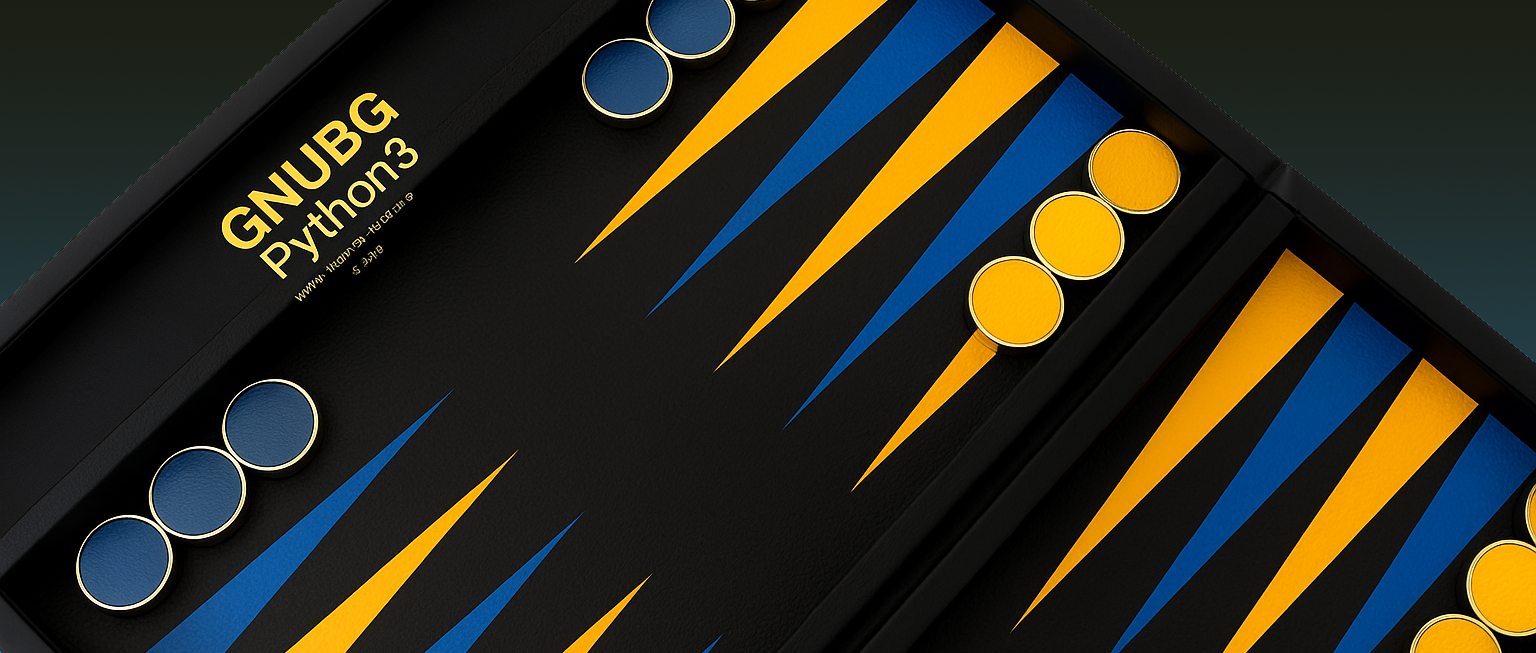
🎲 GNUBG for Python3
A downloadable tool
🎲 GNUBG for Python3
Advanced neural network backgammon evaluation engine, now in Python.
This project brings the full power of GNU Backgammon’s neural net evaluator into a modern Pythonic workflow, enabling game developers, researchers, and AI engineers to use state-of-the-art backgammon logic in their own applications.
🔧 Features
-
🧠 Neural Net Evaluation: Direct bindings to GNUBG’s six trained networks.
-
🎲 Best Move Finder: Get top plays with customizable ply-depths and move listings.
-
📈 Rollouts & Probabilities: Simulate thousands of games for accurate statistics.
-
🎯 Position Classification: Automatically detect race, bearoff, contact positions.
-
💡 Resign Logic: Integrated resignation decisions based on win probability.
-
🧬 Equities Tables: Built-in support for GNUR, Snowie, Jacobs, and more.
-
🔍 C-level Speed: Evaluations run via compiled C++ backend using Meson for fast builds.
📦 Installation
pip install gnubg
Built for Linux, macOS, and Windows (via MinGW). Requires Python 3.8+.
📚 Usage Example
from gnubg import best_move, board_from_position_id
board = board_from_position_id("4HPwATDgc/ABMA") # GNUBG Position ID dice = (3, 5)
moves = best_move(board, *dice, n=2, s='X')
print(moves)
Want to simulate match outcomes? Run rollouts or cube decisions using built-in methods like rollout() and evaluate_cube_decision().
👨💻 Built With
-
C++ bindings via
pybind11and Meson -
Direct port of GNUBG internals
-
Python 3 extension module
gnubgwith complete API coverage
⚖️ License
GNU GPLv2 — same as the original GNU Backgammon project.
📥 Source Code & Contributions
📂 GitHub: github.com/reayd-falmouth/gnubg-nn-pypi
🐍 PyPI: gnubg · PyPI
Contributions and PRs welcome!
| Status | Prototype |
| Category | Tool |
| Author | Dev Reay |
| Tags | backgammon, Board Game, dev, library, python3 |
